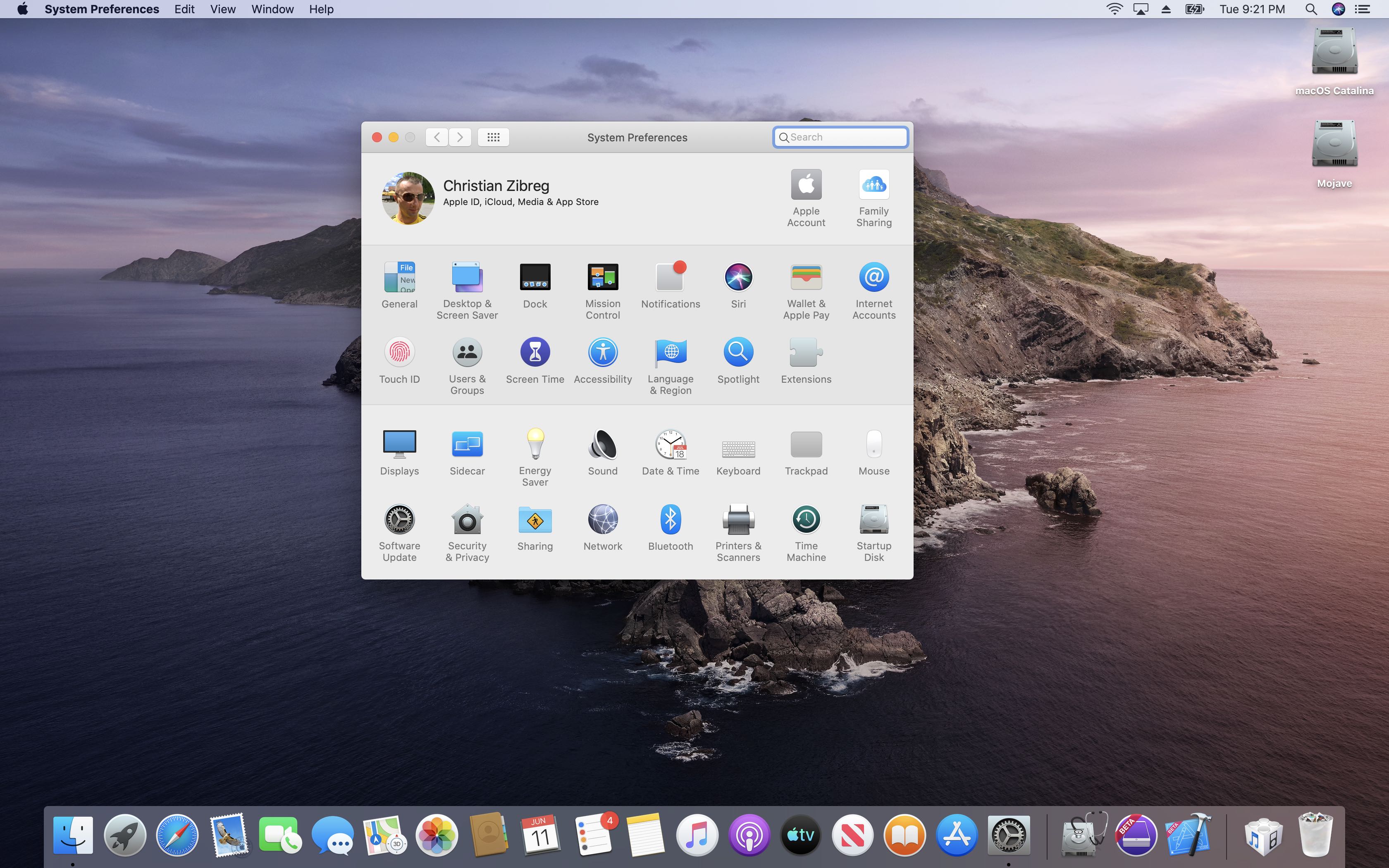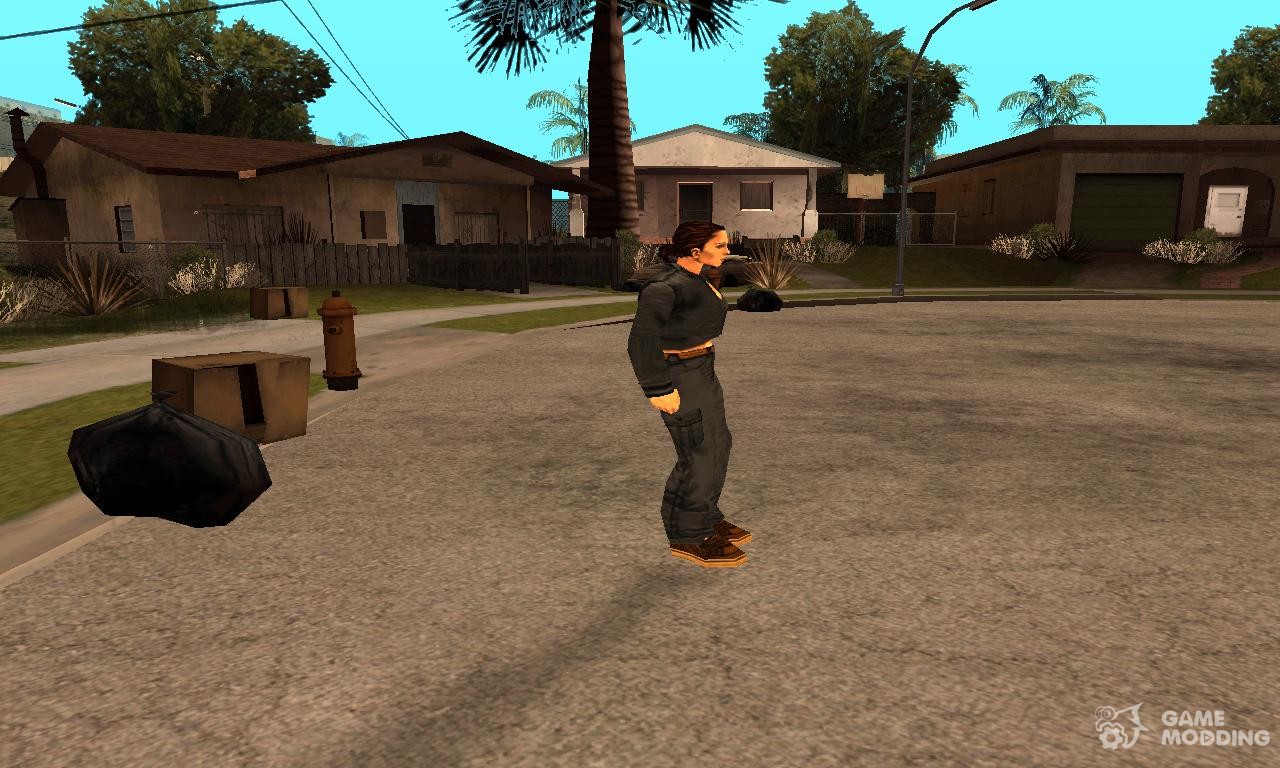“your computer restarted because of a problem” is typically referred to as kernel panic and it can be caused by both software and hardware issues. If your Mac keeps restarting over and over again, you must first find the root of the problem and then fix it.
In the following lines, we will go over the most common causes for this problem and we will give you options on how to fix it so stay with us if your Mac has started restarting on its own and you have been unable to stop this loop.
“your computer restarted because of a problem press a key or wait a few seconds” loop on Catalina Macbook Pro
Most of our user base has seen this issue on OS Catalina using a Macbook Pro. Though this can occur more rarely on Mac Os Mojave. This leads us to believe that older laptops are more susceptible to this issue. Usually malware doesn’t intervene with your machine at Kernel level.
- ☛ GTA San Andreas Download Free - how to get Grand Theft Auto San Andreas for free on Mac! GTA San Andreas Download Fre.
- Grand Theft Auto: San Andreas MacOSX Free Download. GTA San Andreas Mac Game Download On Worldofmac. Play Grand Theft Auto: San Andres, known as GTA 5, you can now download powerful Mac servers for your Mac. First-person Mac Game For Free with good graphics, features and freedoms that you are familiar with.
Catalina on (3) Late 2009 Mac mini’s, buttery smoothly. Catalina on (1) Late 2009 iMac, buttery smoothly. Catalina on (1) 2011 MacBook Air 13″, buttery smoothly. Only 4GB’s but works buttery smoothly. Catalina on (1) 2008 iMac 24″, internet, mail photo’s, and all default apps work fine, but only 4GB ram so it can be a tad slow.
For starters, let’s go over the most likely causes for the sudden loops and restarts and 4 ways to fix it:
Vmware and lack of sufficient RAM
Using Vmware or any other virtual machine can destabilize your computers performance. Not enough virtual memory (RAM) is oftentimes the cause of many different problems and errors on Mac computers and it is perfectly possible that your Mac is restarting automatically because there isn’t enough RAM for all the processes that it is trying to run.
Outdated OC, plug-ins, or drivers
an outdated OS, driver, or plug-in on your Mac can cause conflicts and be a potential issue for any unexpected restarts.
Conflicting apps
this shouldn’t normally be happening but is still a potential reason for the Mac keeps restarting problem. If you’ve recently downloaded any apps that aren’t optimized properly and are causing conflicts with software that’s already on your Mac, this could be the cause behind the sudden restarts.
Hardware problems
lastly, you shouldn’t forget that there may be some kind of hardware issue on your Mac such as damaged or not properly connected RAM sticks. A hardware issue is a perfectly possible reason for the restarting problem you are facing.
About Kernel Panic
Kernel Panic is when your Mac’s screen goes black and an error message tells you that the computer needs to be restarted. Kernel Panic is an occurrence similar to the Blue Screen of Death for Windows computers and it can indicate lots of different problems.
Below, we will show you possible methods that you can try to fix this problem but note that, since the Kernel Panic problem may have different causes, you may have to go through all the fixing methods until you figure out which one works for you.
Fix 1: Update your OS
As we mentioned above, outdated software could be a possible reason for the sudden crashes of your Mac. This is especially likely if you haven’t installed the latest update for your macOS. Here is how you can fix this:
- Open the Apple Menu and select System Preferences.
- Next, open Software Update and see if there are any items available for update.
- Click on the Update Now button on the latest update that is available for your system.
- If you are running an older version of the macOS (for example, High Sierra or Sierra), try upgrading to macOS Catalina – the latest macOS version currently available.
Fix 2: Disconnect peripherals that may be causing the problem
Sometimes, there could be a hardware conflict between your Mac and a peripheral device you’ve connected to the computer. Something as simple as a USB mouse could be causing the sudden restarts on your Mac.
The fix for this problem is very simple – just start disconnecting all devices, one by one, testing to see if the problem still occurs after each disconnected device. This should allow you to figure out if the Kernel Panic is caused by a peripheral and which device is the one that’s problematic. Once you figure it out, just do not connect the peripheral that’s triggering the error to your Mac anymore.
Fix 3: Bypassing startup login items
It is also possible that the Kernel Panic crashes could be caused by a problem login items that prevent you from logging in to your Mac account. Here is a way you may be able to bypass this issue.

1. Start your Mac and enter your password normally but don’t immediately click on the login button.
2. Hold down the Shift button – this will stop any frozen/not-responding apps apps from starting.
3. While holding down Shift, click on the login button and this time the problematic items shouldn’t interfere with the normal functioning of the computer.
Fix 4: Reinstalling macOS
If none of the fixes you have tried so far has worked, this last resort option may resolve your computer restarted because of a problem Catalina problem. To reinstall your macOS, you need to do the following:
- Hold down the Option key from your keyboard and restart your Mac.
- This should get you to the Recovery screen where you must select the Reinstall macOS option.
- Follow the prompts to reinstall the operating system. Note that you will need to have the macOS operating system on a bootable flash memory stick to complete the reinstall. If you don’t have that, you can try to do an Internet Recovery.
- To do an Internet Recovery, shut-down your Mac, then press the Power Button to turn on your Mac and immediately after that (before your Mac loads the OS) press and hold-down the Alt/Option + Command + R (make sure you have Internet connection available).
- Wait for the loading process to complete – depending on your Internet connection, this may take a while. After everything loads and you are at the recovery screen, select the Reinstall macOS option.
- Follow the prompts of the installer and once the re-installation process begins, wait for it to finish. Since this might take quite a while, be sure that, if you are using a Macbook, the computer isn’t running only on batter and is instead connected to the electrical outlet via its power cord. You do not want your Mac to shut down due to low batter in the middle of the re-installation process!
- Once macOS reinstalls, all that is left to do is to set set up your preferences – language, country, default Wi-Fi network, etc. Once you are done here, you can now use your Mac once again, hopefully, without experiencing the Kernel Panic loops.
macOS Big Sur elevates the most advanced desktop operating system in the world to a new level of power and beauty. Experience Mac to the fullest with a refined new design. Enjoy the biggest Safari update ever. Discover new features for Maps and Messages. And get even more transparency around your privacy.
Check compatibility
macOS Big Sur is compatible with these computers:
MacBook introduced in 2015 or later
MacBook Air introduced in 2013 or later
MacBook Pro introduced in late 2013 or later
Mac mini introduced in 2014 or later
iMac introduced in 2014 or later
iMac Pro
Mac Pro introduced in 2013 or later
View the complete list of compatible computers.
If upgrading from macOS Sierra or later, macOS Big Sur requires 35.5GB of available storage to upgrade. If upgrading from an earlier release, macOS Big Sur requires up to 44.5GB of available storage. To upgrade from OS X Mountain Lion, first upgrade to OS X El Capitan, then upgrade to macOS Big Sur.
Make a backup
Before installing any upgrade, it’s a good idea to back up your Mac. Time Machine makes it simple, and other backup methods are also available. Learn how to back up your Mac.
Get connected
It takes time to download and install macOS, so make sure that you have a reliable Internet connection. If you're using a Mac notebook computer, plug it into AC power.
Download macOS Big Sur
If you're using macOS Mojave or later, get macOS Big Sur via Software Update: Choose Apple menu > System Preferences, then click Software Update.
Or use this link to open the macOS Big Sur page on the App Store: Get macOS Big Sur. Then click the Get button or iCloud download icon.
Begin installation
After downloading, the installer opens automatically.
Click Continue and follow the onscreen instructions. You might find it easiest to begin installation in the evening so that it can complete overnight, if needed.
If the installer asks for permission to install a helper tool, enter the administrator name and password that you use to log in to your Mac, then click Add Helper.
Allow installation to complete
Please allow installation to complete without putting your Mac to sleep or closing its lid. Your Mac might restart, show a progress bar, or show a blank screen several times as it installs both macOS and related updates to your Mac firmware.
Stay up to date
After installing macOS Big Sur, you will be notified when updates to macOS Big Sur are available. You can also use Software Update to check for updates: Choose Apple menu > System Preferences, then click Software Update.
Mac Os Catalina Versions
Or get macOS Big Sur automatically
If you're using OS X El Capitan v10.11.5 or later and your App Store preferences or Software Update preferences are set to download new updates when available, macOS Big Sur will download conveniently in the background, making it even easier to upgrade. A notification will inform you when macOS Big Sur is ready to be installed. Click Install to get started, or dismiss the notification to install later. When you're ready to install, just open the file named Install macOS Big Sur from your Applications folder.

Mac Os Catalina App Download

Learn more
Gta 3 Mac Os Catalina 10 15 4 Download
- If the installer shows a list of apps that are not optimized for your Mac, learn about 32-bit app compatibility, then choose whether to proceed with the installation.
- For the strongest security and latest features, upgrade to macOS Big Sur. If you have hardware or software that isn't compatible with Big Sur, you might be able to install an earlier macOS.
- You can also use macOS Recovery to reinstall the macOS you're using now, upgrade to the latest compatible macOS, or install the macOS that came with your Mac.
